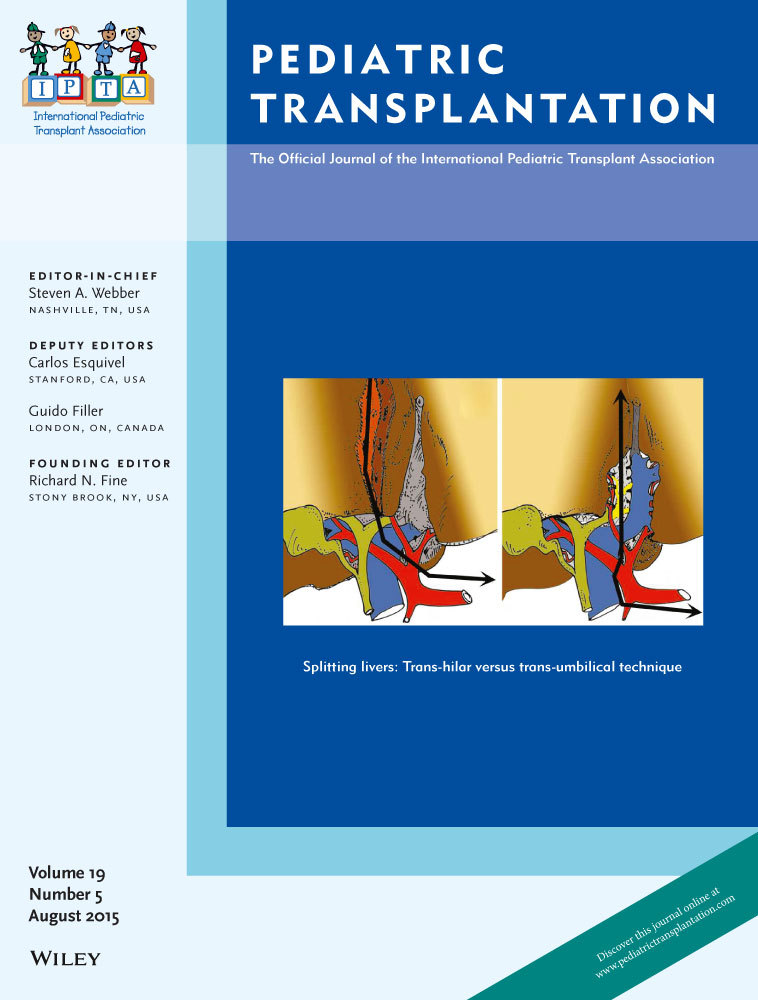National risk factors and estimated costs for redo ureteroneocystostomy after pediatric renal transplant
Abstract
Approximately 800 pediatric renal transplants are performed annually in the United States. VUR or obstruction may cause graft failure requiring redo ureteroneocystostomy. We examined possible risk factors and cost using the PHIS national database. We examined the PHIS for 8.5 yr to determine the association between redo ureteroneocystostomy following pediatric renal transplant to demographics, comorbidities, GU conditions, insurance status, and hospital characteristics, and looked at relative costs using descriptive and comparative statistics. A total of 2390 pediatric renal transplants were identified, of which 69 (2.3%) underwent redo ureteroneocystostomy (median 11.6 months post-transplant). Risk factors for redo ureteroneocystostomy are younger age (p = 0.048), PUVs (p < 0.001), female gender (p = 0.005), race (p = 0.014), insurance type (p < 0.027), region (p = 0.045), and transplant surgery volume (p = 0.048). Redo ureteroneocystostomy after transplant does not significantly increase the overall cost of transplant (p = 0.175). We confirmed previous findings that younger age and PUVs increase the risk of post-transplant redo ureteroneocystostomy, with a five-yr plateau. We found an association with gender, race, insurance status, and hospital characteristics. Redo ureteroneocystostomy, which increases costs, does not statistically significantly increase overall cost of individual treatment in this database, although costs may be underreported.




